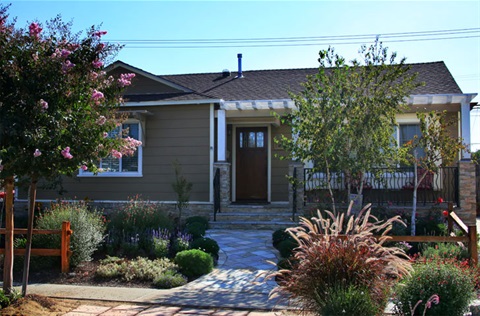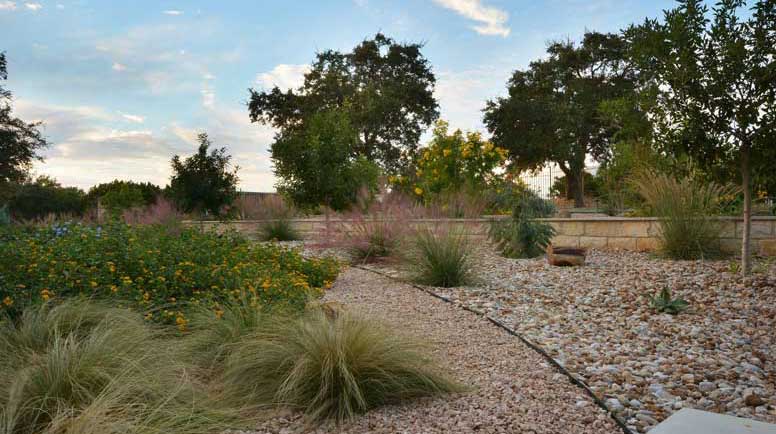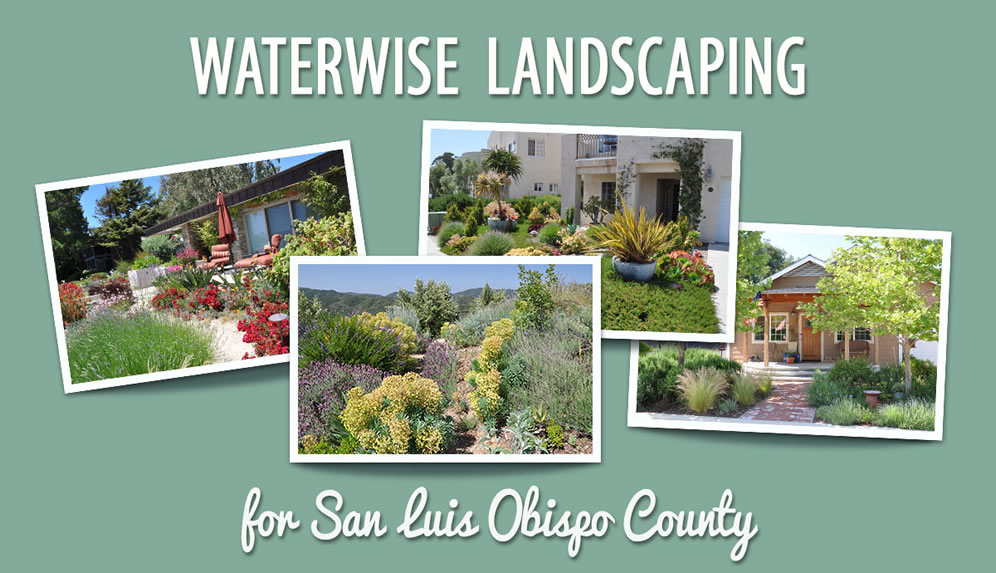All Categories
Featured
Table of Contents
- – Landscape Design Services Arcadia, CA
- – Pacific Green Landscape Maintenance
- – Landscape Consultants Near Me Arcadia, CA
- – Landscape Design Planner Arcadia, CA
- – Green Landscaping Company Arcadia, CA
- – Landscape Design And Installation Arcadia, CA
- – Landscape Design Installation Arcadia, CA
- – Green Landscaping Company Arcadia, CA
- – Landscape Design Company Arcadia, CA
- – Landscape Design Company Arcadia, CA
- – Landscape Consultants Near Me Arcadia, CA
- – Landscape Design Company Arcadia, CA
- – Landscape Design & Construction Arcadia, CA
- – Landscape Companys Arcadia, CA
- – Landscape Designers Arcadia, CA
- – Pacific Green Landscape Maintenance
Landscape Design Services Arcadia, CA
Pacific Green Landscape Maintenance
6530 Whittier Ave Whittier, CA 90601-3919(562) 203-3567
Pacific Green Landscape Maintenance
Pick plants based on elevation, width, form, color, and type that will certainly best aid accomplish the design objectives. Plants can be made use of to preserve power or water, block unwanted sights or noise (dense plant product), control disintegration on high inclines (reduced growing groundcovers) and draw in birds, butterflies and . There are numerous resources for water-wise plant checklists and tree option that are searchable by desired attributes and water usage.
This does not always indicate that water-wise landscapes are composed totally of native plants. As a matter of fact, some indigenous plants, such as Aspen, do not typically do well at the altitudes and water degrees in many yards as they are adjusted to high elevations and wet-meadow scenarios. There are many plants from various other completely dry regions around the globe that are well-adapted to match the low-water needs of our region.
Bear in mind that smaller sized plants tend to have reduced water needs than larger plants. Think of the timing of the vegetation, flower and seed head displays of the planting material to make sure interest all year. Attempt to Incorporate springtime, summer season and drop interest in each planting group so that no place in the landscape looks bare.
Call your neighborhood Utah State University Area County agent or go to the USDA Plant Hardiness Website to learn the strength zone of your area. Lawns have many benefits including cooling effects, disintegration control, water purification and water infiltration. Yards can hold up against trampling and play that nothing else plant can manage.
Landscape Consultants Near Me Arcadia, CA
With cautious selection and efficient watering, grass can be an important part of the low-water landscape. Of the seven leading concepts of water-wise landscape design (a.k.a. Xeriscaping), the most debatable includes the usage of turfgrass in the landscape.
Buffalo yard (right) is a good turf choice for Intermountain landscapes. The factor that turfgrass is stated particularly in water-wise landscape design guidelines is that there is fantastic prospective for over-irrigation of turfgrasses. Unlike other plants that display the stress and anxieties of over-watering conveniently, turfgrass has the ability to withstand a good deal of over-irrigation without displaying indicators of tension.
Landscape Design Planner Arcadia, CA
These realities coupled with a "extra is constantly better" mindset toward landscape irrigation, incline turfgrass locations to over-irrigation. Design And Build Landscape Arcadia. Turfgrass has some really certain advantages in the landscape. As an example, it is the only landscape plant product that can withstand the stresses of website traffic and mowing that are typically applied to it.
And mowed yards are a typical component of lots of urban fire control methods. Turfgrass also gives several various other environmental advantages. One such advantage is a decrease in the quantity of surface area drainage water. This is a vital part to protecting water high quality. An ordinary golf links, for instance, can take in 4 million gallons of water throughout a 1-inch rainstorm.
Green Landscaping Company Arcadia, CA

If the only time a grass location gets website traffic is when it's mowed, possibly a lower maintenance plant would function in that place. This bulletin also talks about the qualities and applications of generally used turfgrass types in Utah.
If the turfgrass is not doing a practical role, does it truly need to be watered? In these types of places, there are numerous various other plants that are much more useful options.
Come to be acquainted with the actual water needs of the turfgrass and don't exceed them. As an example, trimming at a height of 2 or 3 inches will certainly urge much deeper rooting and boosted warmth and drought tolerance. Proper fertilization will likewise support healthy and balanced turfgrass and permit it to hold up against the stresses of heat and drought better.
Landscape Design And Installation Arcadia, CA
When these guidelines are complied with, turfgrass comes to be an ideal, useful, and attractive element of the water-wise landscape. Mulch can provide lots of advantages in water-wise landscapes. Compost covers the dirt and stops crusting, compaction, and water evaporation, while likewise providing a vital aesthetic layout facet. Picking the ideal compost for the scenario is reliant on plant option, watering program and site use.
Compost covers the soil and protects against crusting, compaction, and water dissipation. Mulch covers the dirt and prevents crusting, compaction, and water dissipation.
Landscape Design Installation Arcadia, CA

Compost also lowers the number of weeds in a water-wise landscape by preventing light-induced germination of weed seeds. With less weeds, much less cultivation is called for, which can stop damage to plant origins, dirt framework, and soil organisms. Furthermore, mulch moderates soil temperature level and secures plant roots. In wintertime, moderation of soil temperature level can stop plants from heaving out of the ground because of cold and thawing.
Organic composts consist of products such as wood or bark chips, shredded bark, nut shells, yearn needles, or various other disposed of plant components. These materials have the possible to enhance dirt structure, increase dirt fertility, avoid compaction, and boost dirt organic matter as they damage down and are integrated into the soil.
To ensure adequate water seepage and aeration and to reduce decay, ensure compost particles are bigger than the underlying dirt particles (normally larger than a half inch in diameter). Recycled plant materials must be complimentary from weed seeds, disease-causing organisms, and chemical and herbicide residues. You can either use disease-free plant components that have actually not been chemically treated, or you can compost your compost before usage.
Nitrogen loss can be prevented by utilizing composted compost or by adding nitrogen at a rate of 1-2 pounds actual N per 1000 ft2. In time, natural mulches damage down and will certainly require to be restored. Replenishment can be achieved simply by including more compost over the top of the disintegrated compost product.
Green Landscaping Company Arcadia, CA
The choice concerning which to make use of will certainly depend upon the kind of landscape, the factor for its usage, and its availability. Instances include gravel or crushed stone, lava rock, recycled tumbled glass, and rocks of various sizes, forms, and shades. The size of not natural compost bits ought to complement the range of the landscape.
A 2-inch thick layer of compost calls for about 6 cubic backyards of material per 1000 square feet of location. Leave a few inches of mulch-free location around the base of woody plants to stop root collar conditions and rodent damage. The most effective time to use mulch is quickly after growing in the autumn, or in the spring after the dirt has actually warmed up.
In enhancement to saving water, proper irrigation can encourage much deeper origin development and healthier, much more drought tolerant landscapes. An important part of water-efficient landscape design is creating hydrozones for your watering requires. To supply ample water to all plants without over or under-watering some, group plants with similar watering requires in one area.
Landscape Design Company Arcadia, CA
An additional important element of watering planning consists of regular maintenance of the system. Month-to-month exam of the watering system, while in use, will certainly assist you to discover and repair any kind of damaged, misaligned, or stopped up sprinkler heads and keep your system running effectively. Drip Irrigation systems is composed of plastic pipes with emitters that supply water straight to plants.

Strategy and design irrigation systems to make sure that turfgrass areas are irrigated independently from other landscape plants. There are a number of sources offered to determine the appropriate sprinkling routine for grass locations in Utah. from the Utah Department of Water Resources from the Utah Department of Water Resources Trees and bushes have much deeper and extra considerable origin systems than turfgrass so they should be watered much less often but also for longer time periods.
It is crucial to identify sub-surface dirt wetness. Dirt moisture can be figured out utilizing a soil wetness probe. Trees or hedges need to be sprinkled to a deepness of 18-20 inches. The amount of water to apply in any type of situation depends on the soil type. Sandy soils soak up water the fastest (about 2" per hour), followed by loam dirts (3/4" per hour).
Landscape Design Company Arcadia, CA
By allowing water to permeate much deeper right into the soil account, you are motivating much deeper rooting and a more drought forgiving plant. Constant, light watering will bring about plants that have a shallow root system which are extra susceptible to water tension. When utilizing lawn sprinkler systems regarding 1/2 -1 inch of water might be needed weekly for bushes and smaller trees (
As with lawn sprinkler, purge the drip system prior to running it by eliminating the emitters and letting water run through the tubing for a couple of minutes to eliminate any dirt and particles. Change emitters and run the system, one shutoff each time, to check for troubles. Basic winterization of a lawn sprinkler system is quite simple.
Each valve should be turned on to release pressure in the pipelines and water should be drained pipes from the system to secure any type of components that could ice up. Your system might have drain shutoffs that can be opened for drainage, or you may need to blow out the system using air.
Landscape Consultants Near Me Arcadia, CA
Check your water supply at the begin of the period to change any heads and make certain there was no damages over the winter. The Water Check program offers free watering checks in lots of Utah counties. To discover out a lot more, or to learn just how to check your system yourself, most likely to the CWEL Water Examine web page.
A weed is merely a plant misplaced. Keeping that in mind, any kind of plant can be a prospective weed if it crowds out or consumes sources required for preferable plants. Design And Build Landscape Arcadia. Some "slim" plants come to be such a trouble that they wind up being declared "toxic" in a specific area
Bear in mind that water utilized by a weed is unavailable to preferable plants. Weeds can be annuals (germinate, duplicate, and die in one season) or perennials (survive over many years). It is very important to find out to acknowledge and identify weeds in the seedling phase due to the fact that this will certainly establish your finest control options.
Landscape Design Company Arcadia, CA
Annual weeds that haven't gone to seed can be composted, but seasonal weeds need to constantly be disposed of in the trash. Hoeing and tilling are choices to hand-pulling, but care has to be taken about developed plantings so you do not disturb or damage the roots of desirable plants. need to be made use of around landscape plants to prevent weeds and preserve water.
Weed seed startings that do show up in mulched locations are a lot easier to hand-pull, as long as you catch them early. Organic mulches will require to be rejuvenated on a regular basis as they gradually decay. Do this by roughing up the old mulch and including a light layer of brand-new compost over the top.
Landscape Design & Construction Arcadia, CA
Similar to lawn sprinkler systems, purge the drip system before running it by eliminating the emitters and letting water run with the tubing for a few mins to purge out any kind of dust and particles. Change emitters and run the system, one valve each time, to look for problems. Fundamental winterization of an automatic sprinkler is quite basic.
Each valve must be transformed on to launch stress in the pipelines and water should be drained pipes from the system to protect any type of parts that can freeze. Your system may have drain shutoffs that can be opened up for drain, or you might need to blow out the system making use of air.
Landscape Companys Arcadia, CA
Check your water supply at the beginning of the period to readjust any heads and see to it there was no damages over the winter season. The Water Check program deals cost-free irrigation checks in several Utah areas. To locate out more, or to learn how to inspect your system on your own, go to the CWEL Water Inspect web page.
A weed is simply a plant out of place. Keeping that in mind, any type of plant can be a potential weed if it crowds out or utilizes up sources needed for preferable plants. Some "weedy" plants end up being such an issue that they wind up being declared "poisonous" in a certain region.
Remember that water used by a weed is not available to preferable plants. Weeds can be annuals (germinate, duplicate, and pass away in one period) or perennials (endure over several years). It is essential to find out to acknowledge and categorize weeds in the seedling phase since this will determine your best control alternatives.
Yearly weeds that haven't gone to seed can be composted, but seasonal weeds ought to constantly be thrown out in the garbage. Hoeing and tilling are choices to hand-pulling, however care should be taken around established plantings so you don't disturb or damage the roots of preferable plants. should be used around landscape plants to hinder weeds and conserve water.
Landscape Designers Arcadia, CA
Pacific Green Landscape Maintenance
Address: 6530 Whittier Ave Whittier, CA 90601-3919Phone: (562) 203-3567
Email: [email protected]
Pacific Green Landscape Maintenance
Weed seedlings that do show up in mulched areas are a lot easier to hand-pull, as long as you capture them early. Organic composts will need to be rejuvenated on a regular basis as they gradually break down. Do this by roughing up the old compost and including a light layer of new compost over the top.
Landscaping Design Company Arcadia, CALandscape Designer Arcadia, CA
Landscape Design Planner Arcadia, CA
Landscape Design Installation Arcadia, CA
Local Landscape Designers Arcadia, CA
Landscape Designers Arcadia, CA
Landscape Designer Arcadia, CA
Landscape Consulting Arcadia, CA
Green Landscaping Company Arcadia, CA
Landscape Design Companies Arcadia, CA
Front House Landscaping Arcadia, CA
Landscape Designer Arcadia, CA
Landscape Designer Arcadia, CA
Design Landscaping Arcadia, CA
Landscape Designer Arcadia, CA
Landscape Companys Arcadia, CA
Green Landscape Arcadia, CA
Landscape Designers In My Area Arcadia, CA
Landscape Design And Installation Arcadia, CA
Landscaping Design Company Arcadia, CA
Green Landscape Arcadia, CA
Backyard Landscaping Company Arcadia, CA
Landscape Designers Arcadia, CA
Landscape Design And Construction Arcadia, CA
Landscape Design Installation Arcadia, CA
Landscape Design And Installation Arcadia, CA
Landscape Design Companies Arcadia, CA
Landscape Designer Arcadia, CA
Landscape Consultants Near Me Arcadia, CA
Landscape Design And Installation Arcadia, CA
Landscape Design Planner Arcadia, CA
Landscaping Design Company Arcadia, CA
Landscape Consulting Arcadia, CA
Landscape Design Company Arcadia, CA
Design Landscape Arcadia, CA
Design And Build Landscape Arcadia, CA
Landscape Companies In California Arcadia, CA
Landscape Design Services Arcadia, CA
Front House Landscaping Arcadia, CA
Yard Design Arcadia, CA
Landscape Design & Construction Arcadia, CA
Landscape Consulting Arcadia, CA
Landscape Designer Arcadia, CA
Landscape Companys Arcadia, CA
Landscape Designer Arcadia, CA
Green Landscape Arcadia, CA
Design Landscaping Arcadia, CA
Front House Landscaping Arcadia, CA
Landscape And Design Arcadia, CA
Green Landscape Arcadia, CA
Landscape Design Companies Arcadia, CA
Landscaping Design Company Arcadia, CA
Landscape Design Installation Arcadia, CA
Water Wise Landscaping Arcadia, CA
Landscape And Design Arcadia, CA
Green Landscape Arcadia, CA
Landscape Designers In My Area Arcadia, CA
Landscape Design & Construction Arcadia, CA
Front House Landscaping Arcadia, CA
Green Landscaping Company Arcadia, CA
Landscape Design And Installation Arcadia, CA
Landscape Design Companies Arcadia, CA
Design And Build Landscape Arcadia, CA
Finding A Good Local Seo Marketing Arcadia, CA
In Seo Agency Arcadia, CA
Pacific Green Landscape Maintenance
Table of Contents
- – Landscape Design Services Arcadia, CA
- – Pacific Green Landscape Maintenance
- – Landscape Consultants Near Me Arcadia, CA
- – Landscape Design Planner Arcadia, CA
- – Green Landscaping Company Arcadia, CA
- – Landscape Design And Installation Arcadia, CA
- – Landscape Design Installation Arcadia, CA
- – Green Landscaping Company Arcadia, CA
- – Landscape Design Company Arcadia, CA
- – Landscape Design Company Arcadia, CA
- – Landscape Consultants Near Me Arcadia, CA
- – Landscape Design Company Arcadia, CA
- – Landscape Design & Construction Arcadia, CA
- – Landscape Companys Arcadia, CA
- – Landscape Designers Arcadia, CA
- – Pacific Green Landscape Maintenance
Latest Posts
Pomona Youtube Seo Services
Claremont Local Video Marketing Agency
Local Seo Search Claremont
More
Latest Posts
Pomona Youtube Seo Services
Claremont Local Video Marketing Agency
Local Seo Search Claremont